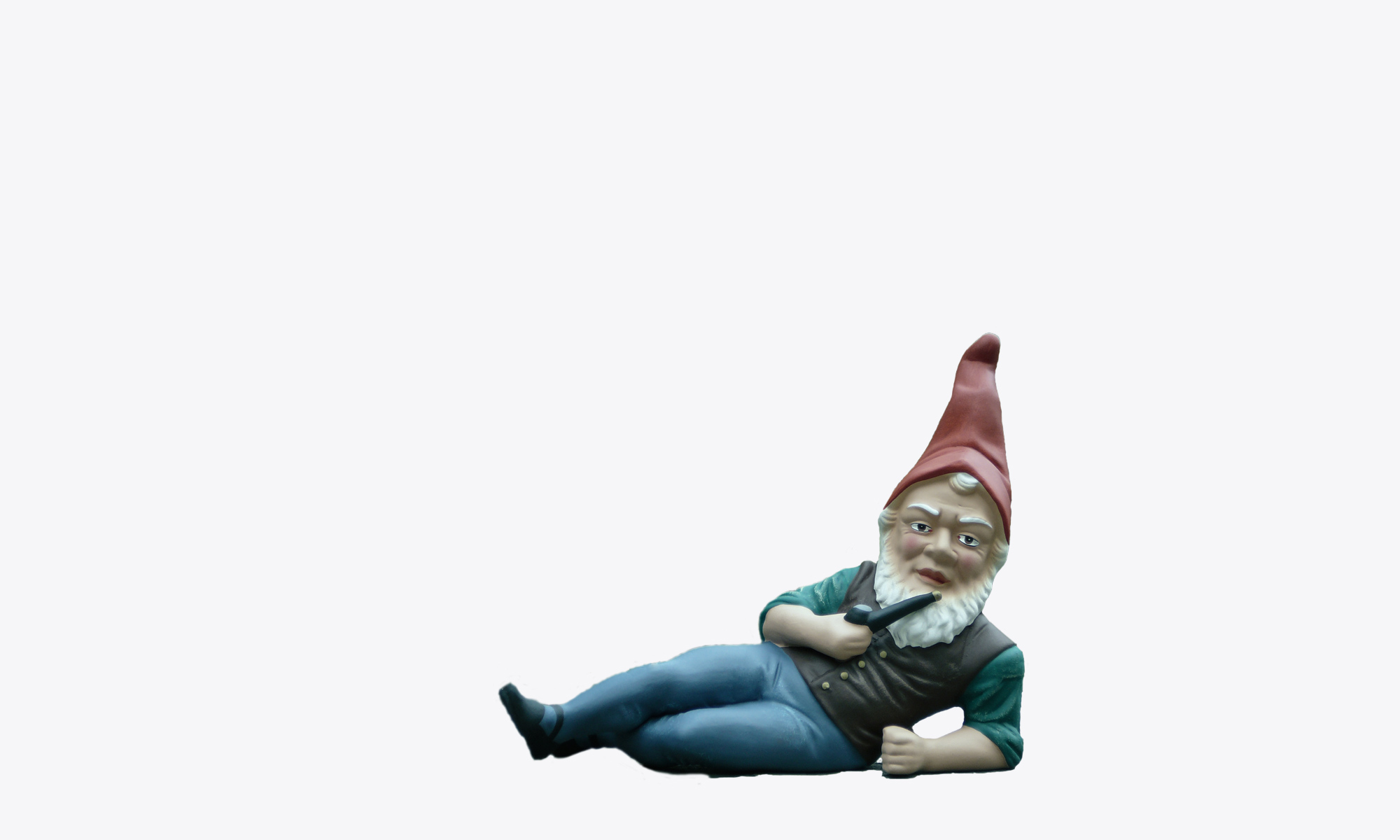
Problem statement:
Company website was old. Customer feedback (both internal and external) was that the site needed to be completely redone.
Solution: planned, architected, and delivered new site.
Steps taken:
Phase One – user research and high-level planning
- > Performed extensive competitive analysis.
- > Engaged in participatory design sessions with Corporate Marketing — I was in IT at the time — and stakeholder interviews with Sales, Engineering, R&D and upper management.
- > Defined the audience, uncovered user needs and defined context and experience goals of the site.
- > Our over-arching goal was to make the site customer- and not company-centric.
- > Translated research, heuristic evaluations and findings into experience specifications, personas, scenarios of use and conceptual models that were presented to internal teams.
Phase Two – Information Architecture, Site Design, Content
Once we had all of our audiences defined and personas created, it was time to organize all of this information in a meaningful way.
- > Determined site structure, including global and local navigation structures.
One of the biggest challenges here was defining the content across multiple dimensions (Industries, Technologies, Applications) in a way that made sense to customers yet presented the full breadth and depth of our offerings.
- > Created user-centered architecture documentation including interaction models, site navigation, concept diagrams, content matrices, flow diagrams, nomenclature and search systems.
- > Collaborated with graphic designer to deliver meaningful and effective user experience.
- > Collaborated with Marketing (again, at the time I was in IT) to develop a brand voice and create content that was consistent across the site.
- > Rebranded collateral (Case Studies, Tech Papers and so forth) so that it matched the look & feel of the rest of the site.
- > When appropriate, added PDF collateral to each page on the site for people who wanted more in-depth information about our offerings. We opted not to require registration (even email). Why make it harder for people to learn about us? They can share their information when they are ready.
Phase 3 – Development
- > Hand-coded site, using validated Web Standards: XHTML 1.0 Transitional (structural language), CSS Level 1 (presentation language), ECMAScript 262 (standards version of JavaScript), PHP, Microsoft SQL and various multimedia tools.
- > As much of our audience was overseas and still accessed the site via modem (this was 2005), my goal was to keep each page under 30K, including graphics.
Phase 4 – Search Engine Optimization
- > Analyzed server logs — I remind you, this was 2005 — to work out things like how people were finding our site (Google vs. campaign vs. direct vs. referral, that kind of thing), what terms they were using and optimizing site content as appropriate.
- > Ensured high placement by using such “white hat” techniques as avoiding “graphical text” and Flash whenever possible, adhering to Web Standards, and using keyword phrases frequently within our copy while always maintaining readability and keeping to message.
- > Used research tools such as WordTracker to determine best keyword phrases for optimization.
- > Researched, implemented and refined Pay-Per-Click and link-back campaign.
Result: Internal stakeholders were pleased. Over 90% of our optimized keyword phrases were within the top ten results in Google. Although only fairly primitive metrics were available at the time, our numbers (page views ugh I know) were up. When the firm was purchased by GE, several people mentioned the clarity of the site.
(Skills Used: User Research and Usability)
• Performed extensive competitive analysis.
• Engaged in participatory design sessions with Corporate Marketing and stakeholder interviews with Sales, Engineering, R&D and upper management.
• Defined the audience of the site, uncovered user needs and defined context and experience goals of the site. Our over-arching goal was to make the site customer- and not company-centric.
• Translated research, heuristic evaluations and findings into experience specifications, personas, scenarios of use and conceptual models to be presented to internal teams.
• Determined site structure, including global and local navigation structures.
(Skills Used: Information Architecture)
• Created user-centered architecture documentation including interaction models, site navigation, concept diagrams, content matrices, flow diagrams, nomenclature and search systems.
• Collaborated with graphic designers toning the visual representation of the interactions to deliver meaningful and effective user experience.
• Analyzed server logs, research and testing results to find the most effective and innovative design solution.
(Skills Used: Search Engine Optimization)
• Ensured high placement by using such “white hat” techniques as avoiding “graphical text” and Flash whenever possible, adhering to Web Standards, and using keyword phrases frequently within our copy while always maintaining readability and keeping to message.
• Used research tools such as WordTracker to determine best keyword phrases (as opposed to keywords alone).
• Researched, implemented and refined Pay-Per-Click and link-back campaign.
• Result: Over 90% of our optimized keyword phrases are within the top ten results in Google.
(Skills Used: Website Technical)
• Hand-coded site, using validated Web Standards: XHTML 1.0 Transitional (structural language), CSS Level 1 (presentation language), ECMAScript 262 (standards version of JavaScript), PHP, Microsoft SQL and various multimedia tools. Began redesign of site using Oracle 10g Portal technology.
